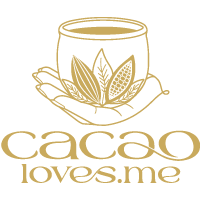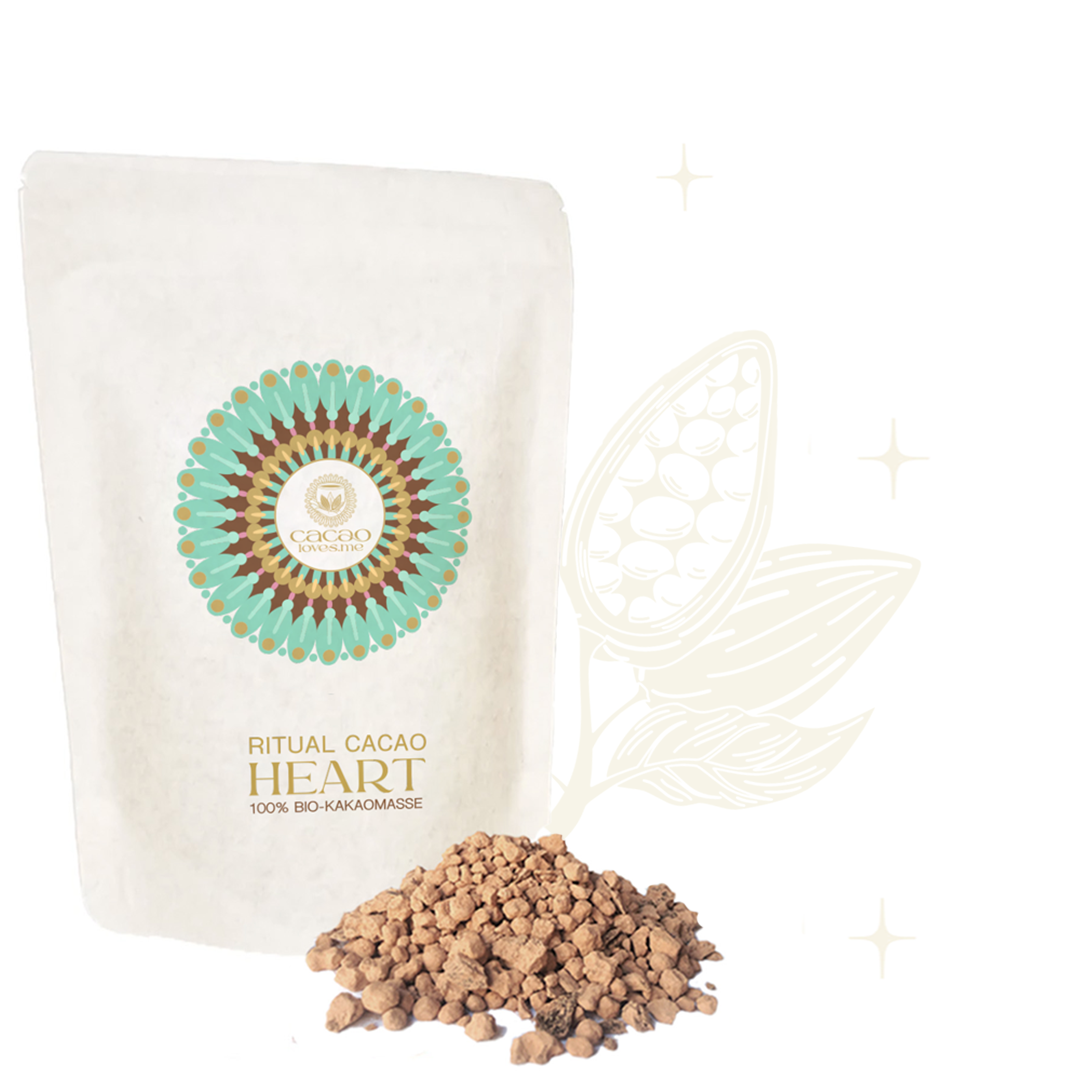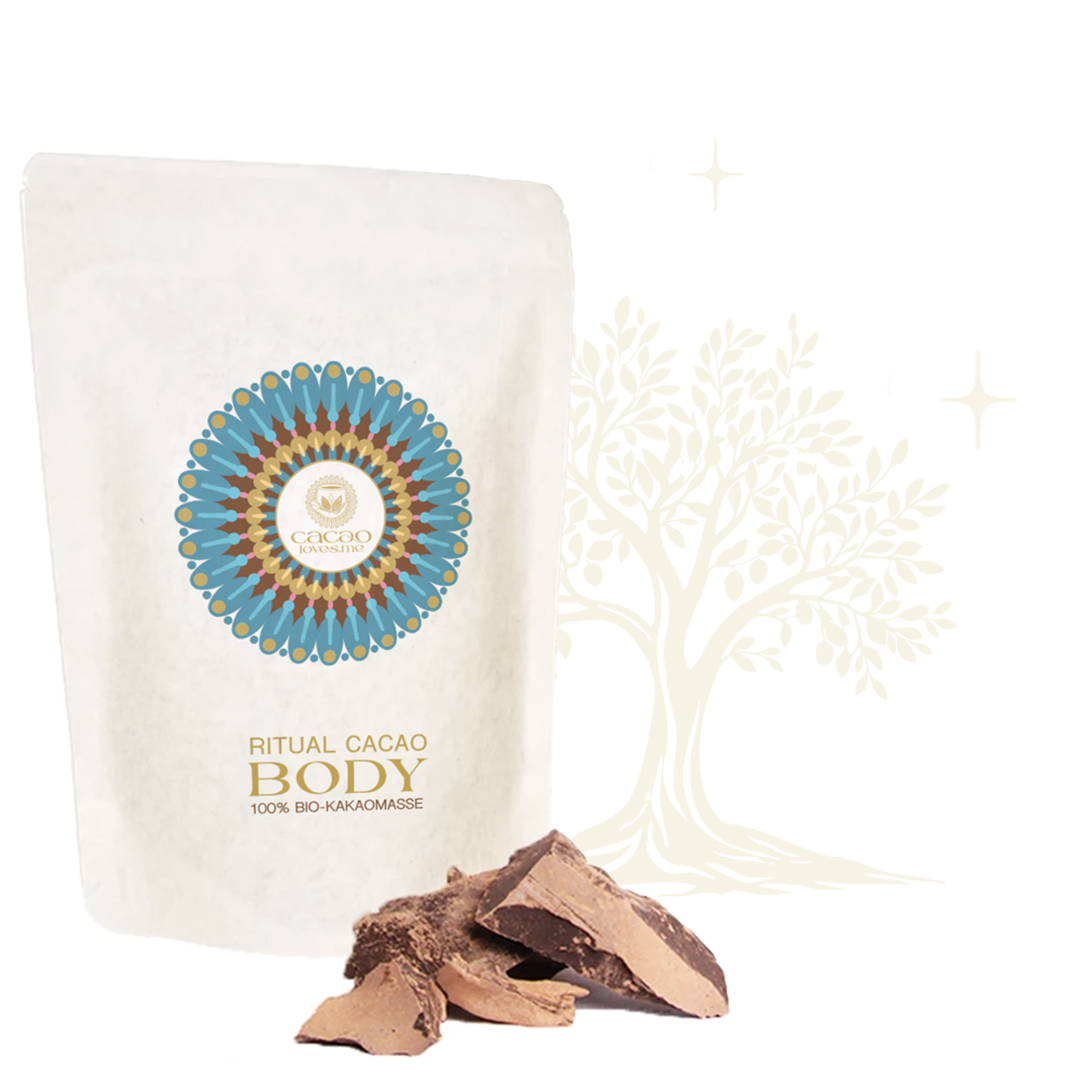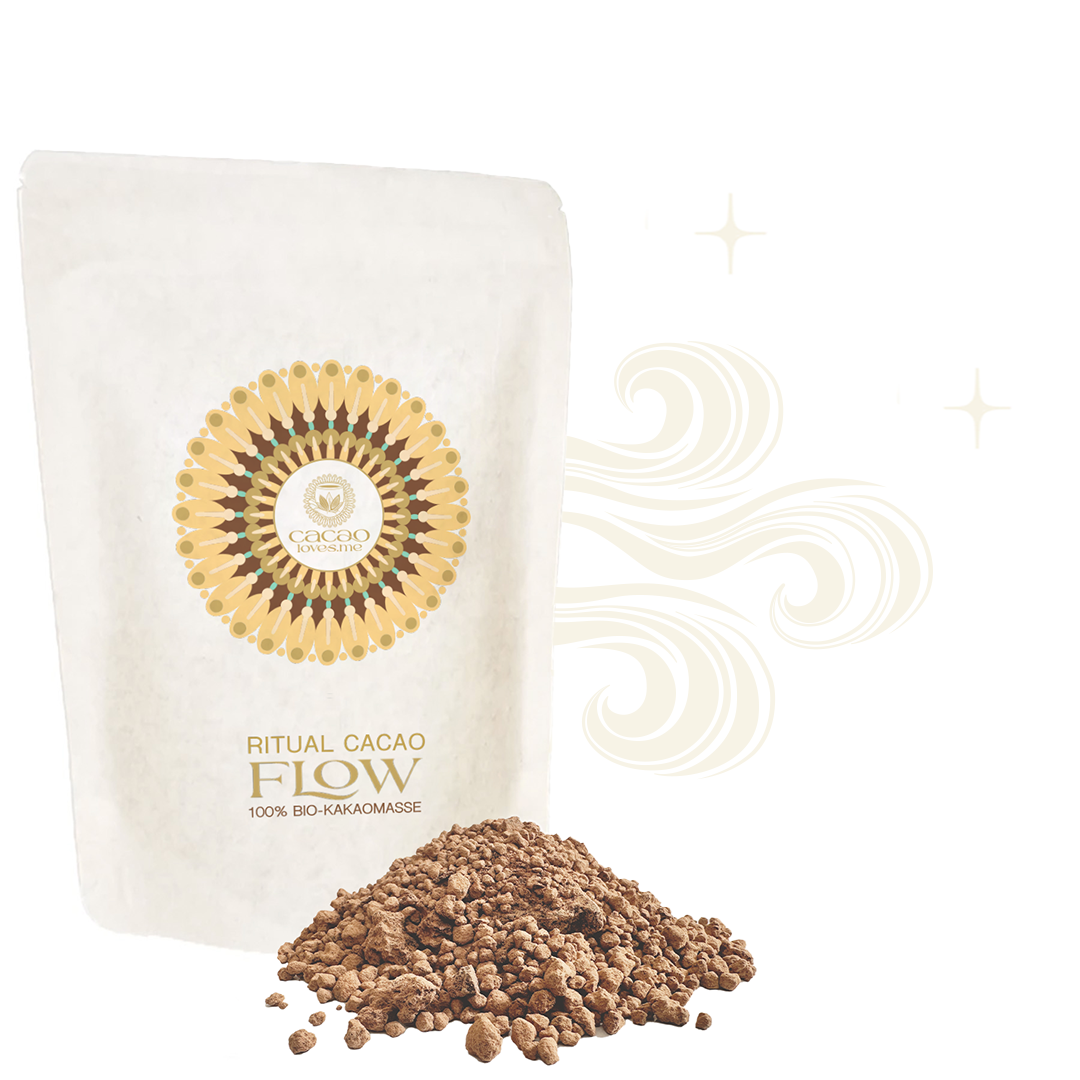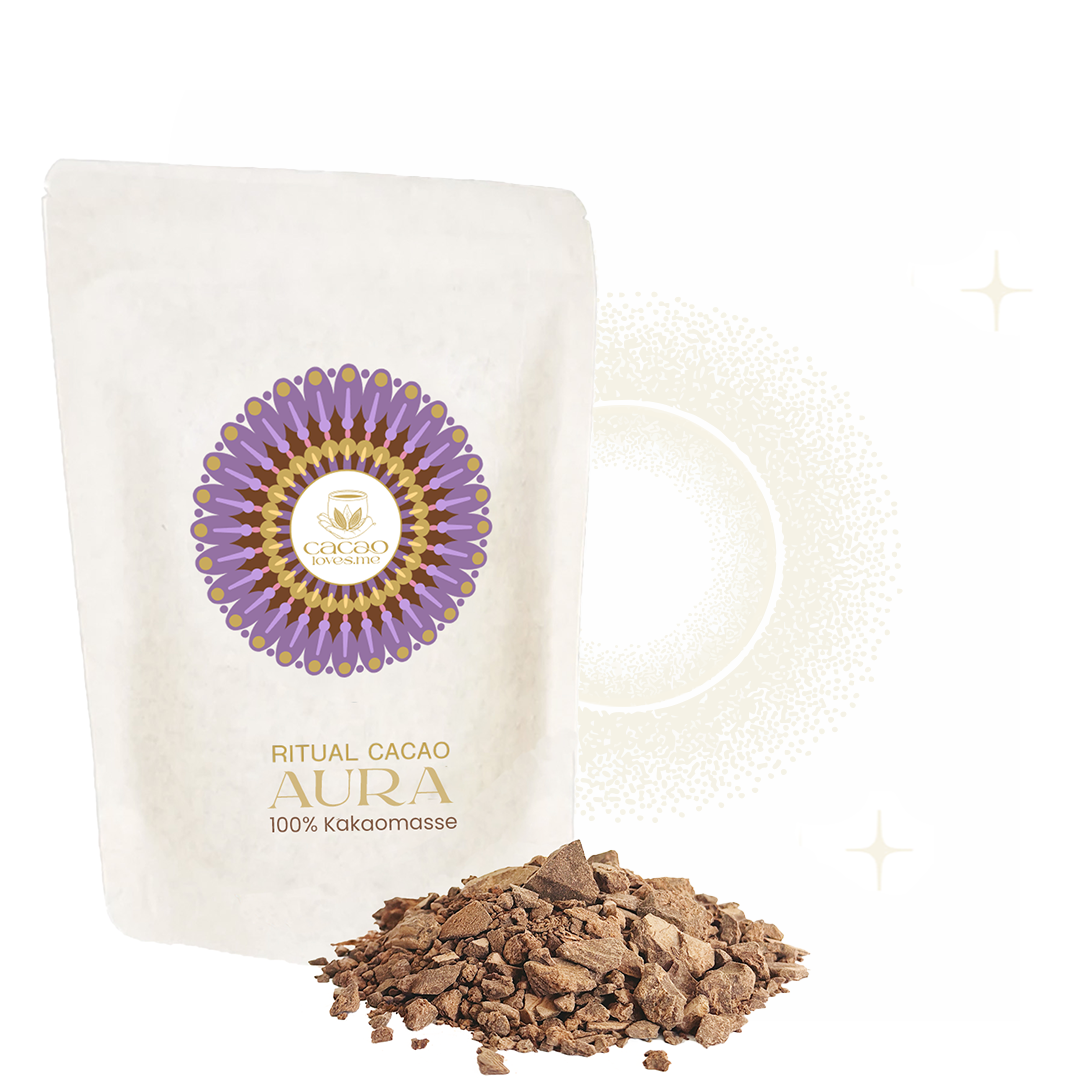
The miracle plant cacao
For us, Ritual Cacao is much more than a luxury food. The positive effect that cacao has on our body and our psyche is worth its weight in gold. In the early history of cacao, the value of cacao was very evident. The Maya and Inca in particular knew the many remarkable properties of this miracle plant and used it as medicine, for religious purposes and later also as a means of payment.
Maya and Aztecs: trade in cacao beans
Some Mayan tribes were the first to trade cacao beans. The Chontal Maya in particular became very wealthy with this trade thanks to their large cultivation areas in the east of the Tobasco region. Since the Aztecs did not have their own cultivation areas, they could only get hold of the brown gold by trading with the Mayas. The Aztecs always kept their eyes open for the best cacao. One area known for its large yields and good qualities was Xoconochco (now Soconusco), a border area between Mexico and Guatemala. This area was so important to the Aztecs that their ruler Ahuitzolts (1486-1502) conquered it to ensure the supply of cacao. It was considered one of the most important growing areas for the finest cacao even before the Aztecs and long after them. The trade in cacao beans continued even after the collapse of the Maya Empire. Both the Aztecs and the Spanish continued this tradition.

Cacao beans as a medium of exchange and currency
Exactly how much a cacao bean was worth at the time of the Aztecs is not known today. Spanish price lists from 1545 were found, which translate as follows:
A turkey is worth 200 cacao beans.
A rabbit or cottontail is worth 100 cacao beans each.
A large tomato is worth a cacao bean.
Fish wrapped in corn husks is worth 3 Cacao Beans.*
Of course, the criminal minds got inventive here too and even the currency of the cacao bean was counterfeited at some point. For example, the beans have been steeped in water or artificially given an ashen or dark red color. Larger beans were worth more, and the coloring mimicked the color of the finest cacaos.
Cacao and chocolate were priceless for most
Even when cacao was no longer used as a means of payment and exchange and slowly found its way into chocolate production, cacao/chocolate remained unaffordable for the majority of the population. In England in 1776 you could buy almost 500g of chocolate for 35 pence. This corresponded to the weekly wages of a farm hand.
Cacao back in its pure form as Ritual Cacao

We are very grateful that cacao in its pure form is once again more present in our modern world. We would like many more people to have the opportunity to come into contact with the wonderful effects of Ritual Cacao. At the same time, we promote awareness and appreciation for this special treasure.

PS: We wouldn't mind reintroducing cacao as a currency either :-)
What do you make of it? What would you spontaneously exchange for 500g cacao?
*Source: Anderson, Berdan, Lockhart,1976, p. 213. The complete list can also be found there.
